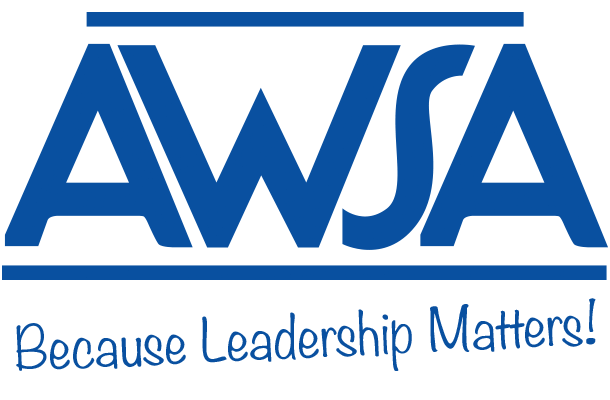Teamwork in Action: Building an Effective Principal-Admin Assistant PartnershipBy Sarah Ahmad, Administrative Assistant and Derrick Kunsman, Principal, Chippewa Falls Middle School Chippewa Falls Middle School by the numbers:
As principal and administrative assistant at Chippewa Falls Middle School (CFMS), we’ve worked together for seven years to create a partnership rooted in trust, communication, and shared purpose. We feel that a portion of the successes that CFMS has experienced is related to the principal-administrative assistant partnership that has been created within our office. When principals and admin assistants work as a cohesive team, they not only streamline daily operations but also foster an environment where students and staff can thrive. In this article, we’ll share practical strategies for communication and efficiency to support building a cohesive team and encourage ongoing growth in strengthening your school partnership. Building a Foundation of Communication James Humes said it best, “The art of communication is the language of leadership.” A valuable way to keep staff feeling prioritized is keeping them in the loop on updates, processes, and general school details. To achieve this, we utilize a user-friendly website (Smore.com) to collaborate on a weekly staff newsletter. We begin by adding notable information to a shared document, building the foundation for our weekly newsletter. Once Sarah’s initial draft is complete, Derrick then reviews and shares the completed newsletter to staff. This teamwork frees up an administrator’s time and keeps an administrative assistant well-informed. Additionally, having a scheduled newsletter and encouraging staff to send communications to Sarah for publication greatly reduces the number of building-wide emails among staff. Recurring weekly information in our staff newsletter:
Streamlining Efficiency with Systems Locating resources and important documents can be something that consumes a lot of time for school staff. One item that has helped us with efficiency is what we refer to as “The Cardinal Nest”, also linked at the top of each week’s staff newsletter. This resource was created as a place to house high-frequency documents and files that we are continually asked to share with or locate for staff. The Cardinal Nest has significantly cut down on the number of questions to office staff. Daily Collaboration: The Power of Morning Meetings One significant way in which our teamwork has grown is through our daily meetings. During these morning meetings tasks are delegated or discussed, important information is communicated, and Derrick’s calendar is reviewed. Having a meeting that gives both the administrator and administrative assistant a chance to connect not only helps with daily operations, but also encourages a strong partnership. Of course “work” is discussed. But, so is, to be quite literal, life. It may seem trivial, but catching up on the behind the scenes moments together, like what is planned for the upcoming weekend, helps both parties feel more connected and valued. On the topic of collaboration, another valuable and efficient strategy is an administrative assistant’s full access to their principal’s calendar. This helps with not only knowing their availability, but allows the assistant to schedule meetings and appointments on their behalf. Given an administrator's demanding role, delegating tasks like appointment scheduling can lighten their workload. This ability, for example, protects Derrick’s office time from unannounced staff member drop-ins and interruptions. Oftentimes Sarah is able to meet a staff, student, or guardian’s need and avoid the appointment request altogether. The administrator will appreciate the administrative assistant having a handle on this component of their day-to-day workflow, allowing them the time they need to get tasks and work done. Proactive Support in High-Stakes Moments Some days can be pretty routine for administrative assistants and administrators alike, but other days can be quite the opposite. While the above strategies are effective in day-to-day operations, another point should be considered. Administrative assistants being attentive and observant of their administrator during daily meetings and conversations allows them the chance to learn how the administrator might react; and, therefore, what they might need in those unforeseen situations. For example, during an incident at CFMS, Derrick was called away from the office. Knowing Derrick would need to send out a timely communication to families, Sarah found a previous communication, adapted it, and sent it to Derrick to use. This allowed him to spend less time drafting a communication from start to finish. Showing initiative, staying informed, and thinking critically all aid in being an administrative assistant who is an asset to their administrator and their organization. This trust and initiative were built over time to handle such moments effectively. Takeaways for a Strong Partnership For our team, having systems in place around our weekly staff newsletter, a centralized hub for staff resources, scheduled daily meetings, and managing the principal’s calendar have positively impacted our work. We owe a large portion of this credit to AWSA and the professional learning that they provide. For more in-depth insight and strategies for your school’s principal-administrative assistant team, we would highly encourage attending one or both of AWSA’s events this summer:
We wish you the best as you focus on building a cohesive team that ultimately leads to school success. |
